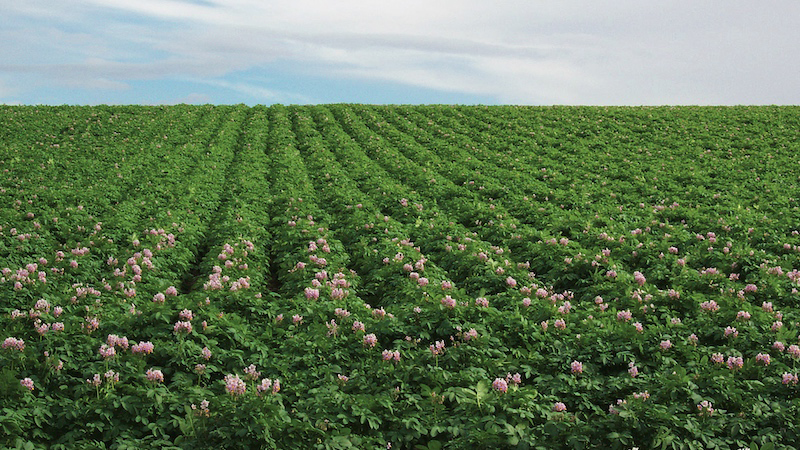How To Tackle the ‘Impossible’ Challenges in Agriculture
Cornell University Professor of Vegetable Crop Physiology, Thomas Björkman, and I chatted recently about a major study he’s been involved in, the Eastern Broccoli Project. As he described the concept, I geeked out on the poor man. What he had to say about how the project came together was almost more exciting than the results. I kept asking question after question before he could get to his main point.
The kernel of the project was how to develop broccoli varieties that would do well in the Eastern U.S. We’ve seen these kinds of goals before, and they typically yield some quality research results.
But this time, the project brought together everyone who might have skin in the game. It had the expected and usual players — USDA and academics. But this study included grocery stores, distributors, and several seed companies, as well.
This team recognizes that the industry needs much more than new broccoli varieties. It needs retailers willing to purchase locally grown broccoli once it hits the market. It needs seed companies willing to spend considerable money to develop those varieties. And it needs this for a geographic range from Florida to Maine.
The team is now in the field trial phase, seeking growers who are willing to report back to the seed company about how the broccoli variety performs. Bejo Seeds is the first out of the gate with a variety, with more to follow.
By the time you read this, Björkman will be newly retired and a Professor Emeritus. Luckily for the industry, he has no intention of leaving. He will continue to participate in studies that grab his attention.
A New Direction
The Eastern Broccoli Project isn’t alone in this approach. In recent years, USDA and universities have been taking this more holistic approach to industry issues. For example, we invited USDA scientists Robert Shatters and Michelle Heck to speak at Meister Media Worldwide’s BioSolutionsSM Conference & Expo as the keynote because of a similar big-picture study. Their team developed a way to deliver genetic material to host plants via a “symbiont” made of its own cells. Think of it as a biological insulin pump.
Their work is just one piece of a larger effort to battle citrus greening, a treatment-defying bacterial disease wiping out the Florida orange industry.
These new initiatives typically take place over many years and take a great deal of coordination.
All this makes me wonder which non-science problems growers could solve if they took a similar approach. If the U.S. government, not known for efficiency, can put together such an effective program, why can’t the rest of the ag industry?
Oh, One More Thing
To get the conversation started on which topics growers may want to tackle, I’ll share a sneak peek at our 2023 State of the Vegetable Industry survey results. More than 400 growers responded to the question, “What are the biggest challenges to you as a vegetable grower? (Check all that apply)”
Here’s what you told us:
- Labor and labor costs 53%
- Crop prices 43%
- Inflation 41%
- Weeds 38%
- Fuel prices 37%










